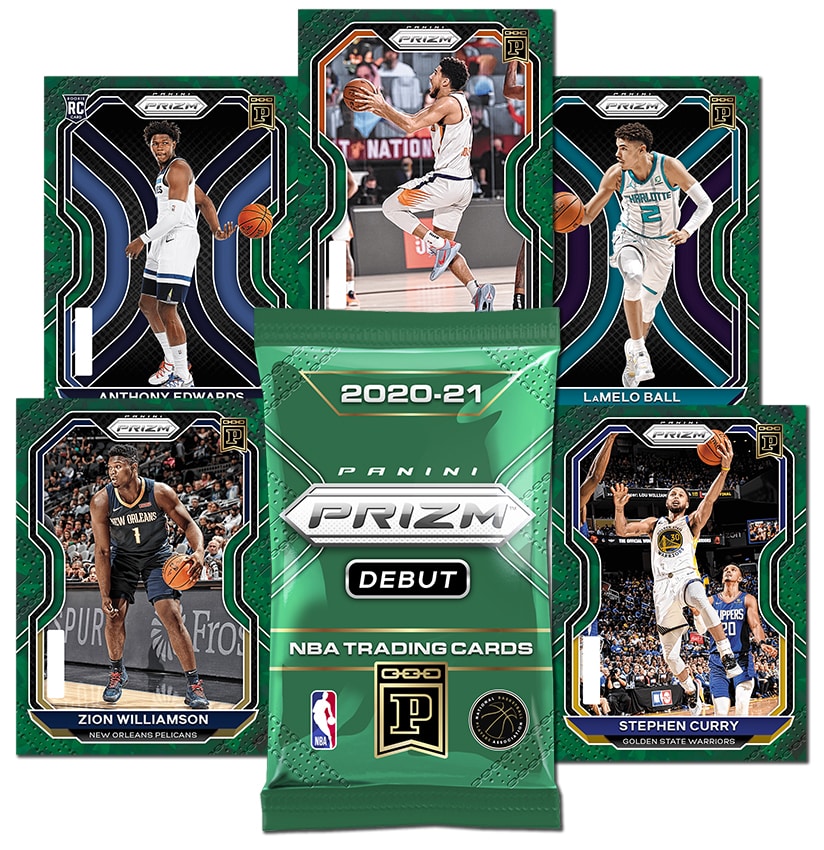One industry observer has some provocative predictions
I’m as much a cheerleader for the NFT space as anyone. At the same time, as a startup founder, former journalist and down-to-earth kinda guy, I like to keep things real. So from time to time Digital Culture Works will be spotlighting podcast episodes we come across that minimize the hype and help us bring the NFT space down to earth by grounding it in the real experiences of ordinary people.
While the creator community and crypto enthusiasts continue to wax enthusiastic about NFTs (nonfungible tokens), what about the general public? Clearly, we’re very early. But collectibles are not a new concept, and there’s one company that’s perfectly suited for bringing the digital worlds together.
In the June 15 episode of the Zima Red podcast, host Andrew Steinwold shed some light on the topic during his interview with Brendan Cooper of Panini. If you haven’t heard of the venerable Italy-based company, they’re one of the global leaders in officially licensed collectibles and the leading multinational publisher of trading cards, stickers, comics and children’s magazines.
And now they’re moving into NFTs thanks in part to Cooper, director of blockchain at Panini America, who led the effort to develop a private Panini blockchain for officially licensed digital trading cards.

In the episode, Cooper and Steinwold discuss what makes a collectible and what works as an NFT. It’s an increasingly poignant question as we transition from atom-based marketplaces toward a new world of crypto-centric, digital-based spaces, beginning with online galleries and, on the near horizon, full-fledged immersive metaverses.
“I’ve participated in startups and fast-moving technologies at the frontier,” Cooper said. “And I can tell you that this one eclipses all others in terms of innovation and speed and the range of possibilities, which are really amazing.”
Moving carefully into the NFT space
Panini, a 60-year-old company that manages more than 100 global brands, pivoted to “a more digital posture” after the success of Cryptokitties when it became apparent that there was a large market appetite for rare or exclusive digital assets.
As a business, Panini is now addressing a new community of stakeholders “who are interested in the products as investors, not necessarily as collectors,” Cooper said. The result is a rise of NFT creator platforms “that’s going to create a Cambrian explosion of intellectual properties that we’ve never seen before.”

I share Cooper’s optimism about the possibilities that Web 3.0 brings to the Internet – and the repairs that can be made to our social fabric inflicted by the tech giants.
The new decentralized systems signal the eventual overthrow of the winner-take-all technology giants, Cooper said. “DeFi ushers in a new era of creator platforms which I think have the potential to flip the big social media titans. The advent of DAOs – the distributed autonomous organizations – private currencies and all the innovations happening in DeFi will fracture and subvert the [ad-based social] platforms where the winner takes all. I think there’s going to be a lot of power that evolves toward creators [in the new] digital content lifecycle.”
What’s powering the NFT movement is in part based on an enduring attribute of the so-called leisure class, where people have a need for “status signaling” by expressing their tastes to friends or to the public at large. (He cited Thorstein Veblen’s classic book The Theory of the Leisure Class, first published in 1899.)
“I think digital collectibles are the future,” Cooper said. “If you look at the trend lines on how much screen time we’re using and how we interact with those screens in our digitally mediated world, [you’re seeing] some wild innovation taking place in some extremely engaged targeted communities.”
Some collectors want to support artists. But an increasing number of collectors want to populate their digital homesteads with art or other digital amenities. It may start with virtual playgrounds like Decentraland or The Sandbox or just putting them on your Facebook, Twitter or Instagram account. But in the long run, the digital collectibles market will see 1,000 to 10,000 times growth over the next five years because of all the digital natives who are used to an online lifestyle where you express yourself and show off your tastes and interests, he predicted.
“The technology we’re operating on lets us do some really amazing things by letting us create a new class of assets, a new form of property,” Cooper added. “It’s going to be different for art, for composable goods, for trading cards or fantasy cards” and a wild array of other unique or limited-edition items.
A big footprint in physical collectibles
Panini has deep stakes in the sports collectibles market, drawing from perhaps the largest sports photo database in the world, and that appears to be its chief focus when it comes to NFTs. So unlike a lot of other players in the NFT arena, Panini is addressing both the digital marketplace while at the same time keeping a focus on the physical goods – what Cooper called “atomic product” – that continue to generate the bulk of the company’s revenue.
Predictions?
“Five years out, I think physical collectibles are 10 times what they are today,” Cooper said, “but I think digital collectibles are about 10,000 times what they are today.”
If true, that’s a staggeringly large marketplace.






